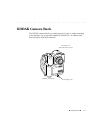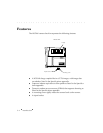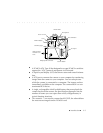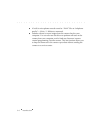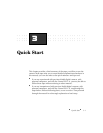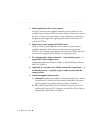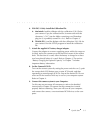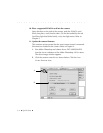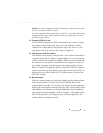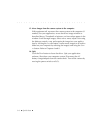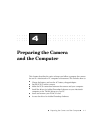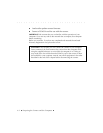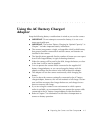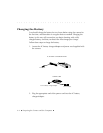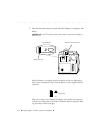
. . . . . . . . . . . . . . . . . . . . . . . . . . . . .
Quick Start 3-5
NOTES: For earlier supported versions of Photoshop, choose the driver from
the A
CQUIRE submenu of the FILE menu.
For other supported TWAIN applications on the PC, access the TWAIN driver
through the select-then-acquire process used by your application to access
the driver image window.
12. Format a PCMCIA card.
Your PCMCIA card must be (DOS) formatted by the camera. Format-
ting destroys any files that may be on the card. Click the camera
control icon as described in the previous step. Click F
ORMAT, a one-
time process for each card you use. Refer to Chapter 4.
13. Take pictures with the camera.
The camera is now ready to take pictures. Use it while connected to a
computer and/or the AC battery charger/adapter. Or you can use the
camera without the computer or adapter. When you are finished with
the camera, you can leave it connected to the computer or you can
turn off the computer, then disconnect the adapter and the camera.
Refer to Chapter 5 for specific details on how the EOS
•
DCS compen-
sates for the absence of the quick control dial on the Canon EOS-1 N,
and how the use of the Canon EOS-1 N differs when it is part of the
EOS
•
DCS camera.
14. Record sound.
With the camera system on and awake (lightly tap the shutter release
if the camera back LCD shows no activity), hold the back of the
camera about six inches (15 cm) from your mouth (the microphone is
behind four small holes centered at the top of the camera back). Press
and hold the record button (to the right and below the microphone),
and speak into the microphone. Refer to Chapter 5. Recorded sound
files can be played by the computer; they cannot be played by the
camera. Refer to Chapters 6 and 8.



